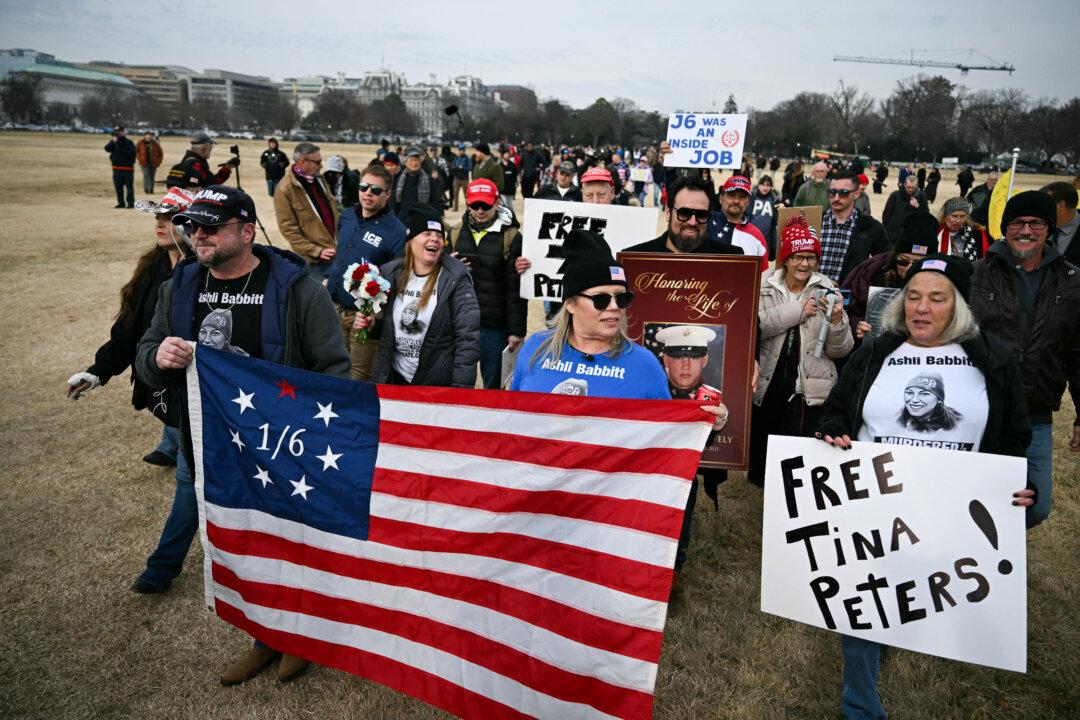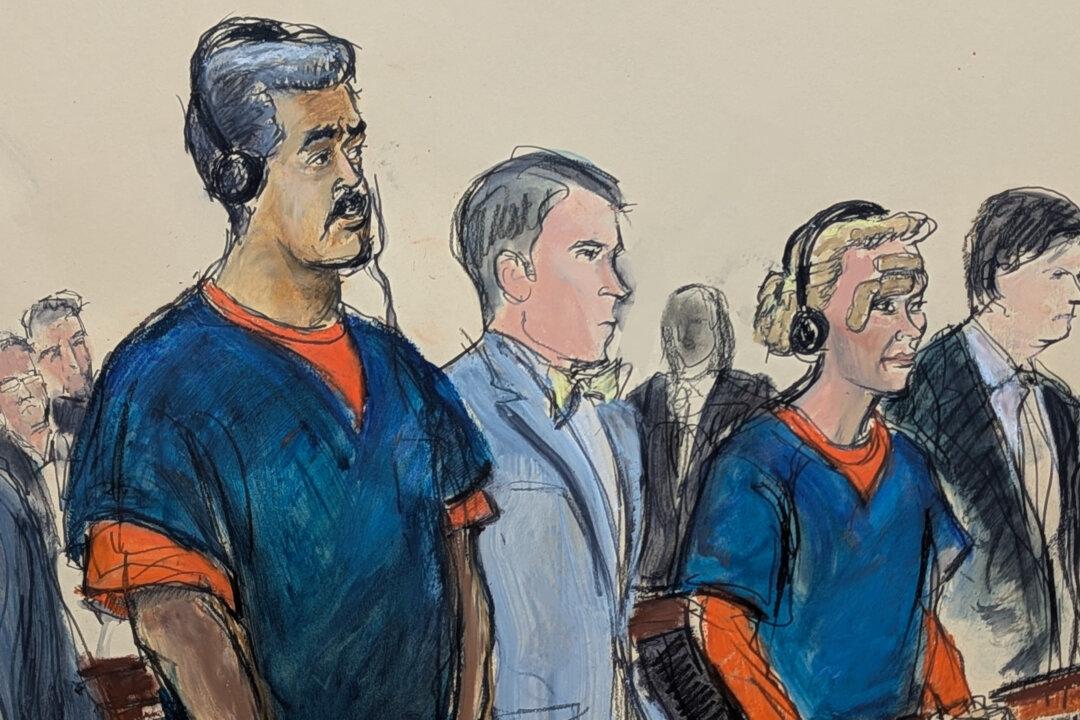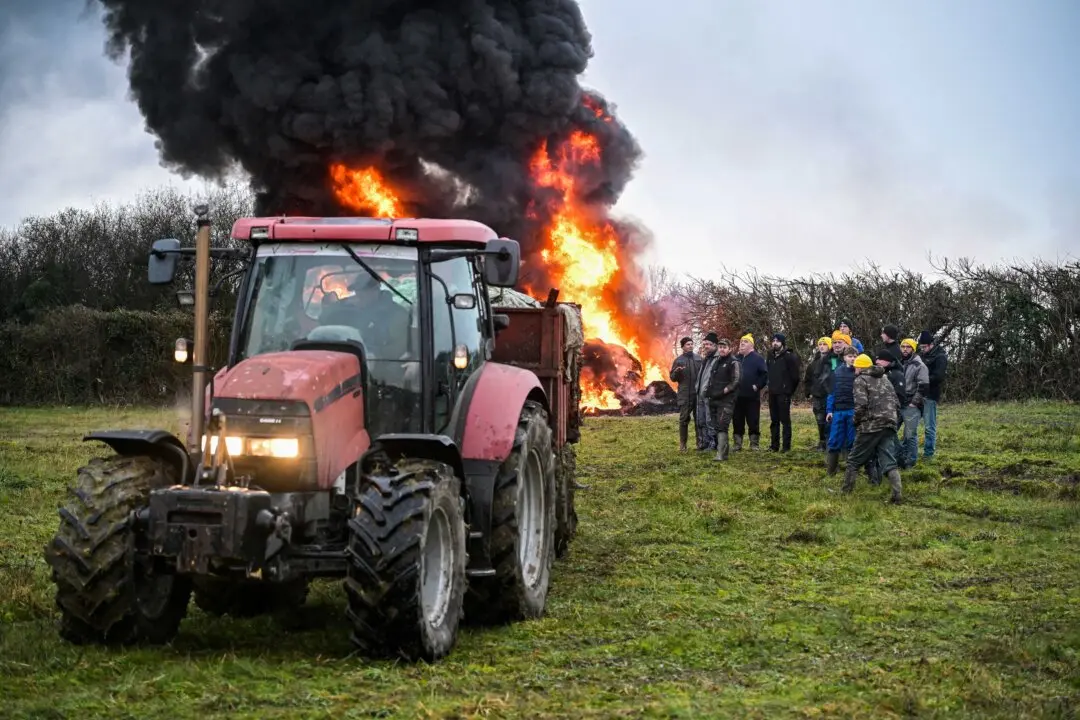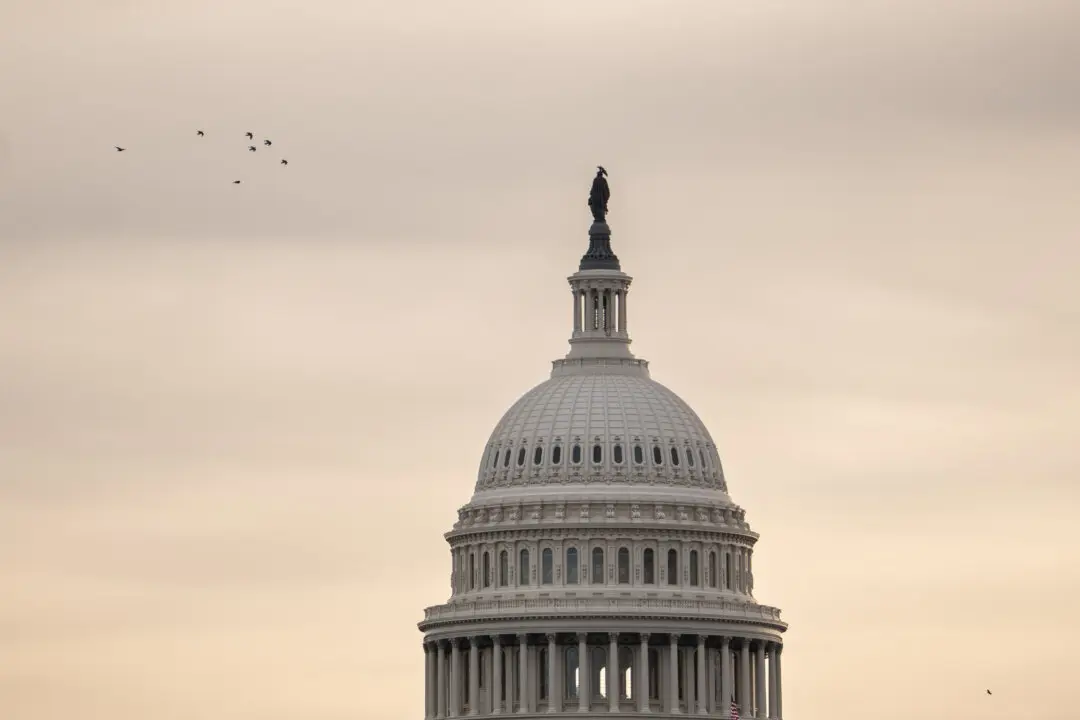The hallowed ground of Westminster Abbey holds a unique place in British history. It’s where coronations occur and the fallen and the famous rest and are remembered: namely, the Grave of the Unknown Warrior honoring all those who died in military conflict, with memorials to William Shakespeare, Sir Winston Churchill, William Blake, the Brontë sisters, Jane Austen, and Rudyard Kipling.
Charles Dickens, Sir Isaac Newton, and George Frideric Handel are all buried there, too, to name a few. It’s the site of every English sovereign’s coronation since William the Conqueror in 1066.






